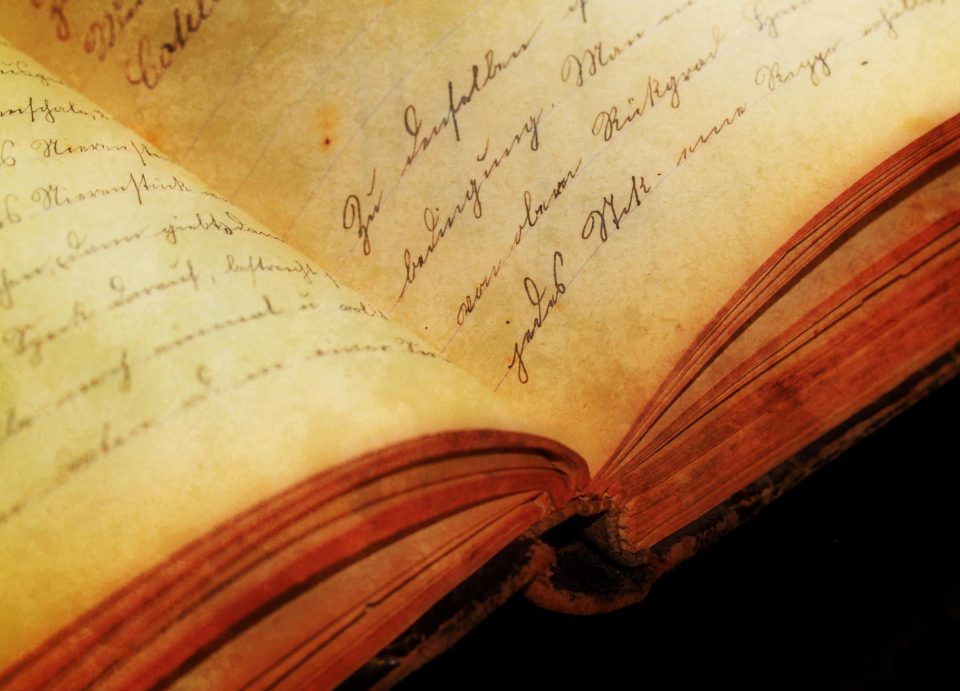We scroll. We swipe. We download entire libraries onto tiny screens. But in the middle of all this digital noise, there’s still something deeply comforting about holding a real book. A spine you can run your fingers down. Pages that carry the smell of time. And hidden in that structure — often forgotten and overlooked — is something simple but essential: book binding tape.
Why Book Binding Tape Still Matters in a Digital Age?
It’s not flashy. It’s not something most people even think about. But ask anyone who’s ever watched their favorite novel slowly fall apart at the seams, and they’ll tell you: it matters more than you’d think.
Books are still being made — and breaking
Despite the rise of eBooks and audio formats, the print industry is nowhere near dead. In fact, many publishers have seen steady or even growing demand for physical books, especially in the past few years. People are tired of screens. They’re going back to what feels real.
But what doesn’t get talked about enough is what happens after the book is made — especially when it gets handled over and over again. Libraries, schools, personal collectors, even local bookstores — they all face the same problem: books fall apart. Spines wear down. Pages start coming loose. Corners fray. And when that happens, it’s usually not the paper that’s the issue… it’s the binding.
The quiet role of a strong bind
Book binding tape doesn’t get the spotlight, but it deserves it. It’s like the bones of the book — the thing that holds everything together when the rest begins to give up. And it’s not just used during the manufacturing stage. A lot of restoration and repair work depends on high-quality binding tapes to bring old or worn-out books back to life.
Whether it’s a university restoring a decades-old thesis or a kid’s favorite bedtime story getting patched up for the hundredth time, the tape quietly does its job. And honestly, most of us don’t even notice — unless it fails. That’s when you realize how critical it is.
A fight against fast fashion — but in books
There’s been this growing trend in publishing lately where everything feels a bit… disposable. Thin covers, mass-produced cheap paperbacks, weak glues. It’s like fast fashion, but for literature. And it hurts.
Because a book isn’t just about the words. It’s a thing you live with. Something you hand down, lend out, revisit again and again. And for that to happen, it needs to last. A strong binding, supported by the right materials, makes the difference between a book that falls apart in a year… and one that’s still sitting proudly on a shelf 20 years later.
Sustainability is part of the story, too
We talk so much about sustainable packaging, eco-friendly ink, recycled paper — but almost nobody talks about how sustainable construction starts at the spine. If you need to reprint or rebuy the same book multiple times because the first one couldn’t hold up… that’s waste. Quiet waste, but real.
A proper binding tape helps extend the life of each copy. And that’s not just good for readers and libraries — it’s better for the planet too.
Tape isn’t just tape anymore
Modern book binding tapes have come a long way. They’re no longer just sticky strips. There are reinforced cloth options, pH-neutral adhesives, archival-grade tapes for conservationists, and heat-resistant options for specialty uses. But they all serve the same purpose: to keep stories intact.
That’s the kind of tech that doesn’t need to shout. It just works.
Old-school still wins sometimes
Maybe it’s funny to think that something as low-key as tape still plays such a big role in the publishing world. But sometimes, the simplest tools are the ones that make the biggest difference. And in this age of AI, automation, and endless apps, there’s something weirdly beautiful about a roll of binding tape quietly keeping a generation’s stories from falling apart — literally.
So next time you’re in a library or flipping through your old college notebook or dusting off a childhood favorite, just know — there’s a small, sticky hero holding that story together.
And if you’re ever looking into book conservation or repair in India, you might be surprised to know that even The National Archives of India recommends traditional methods — including the use of binding tapes — for long-term preservation. Turns out, old-school still knows best.

